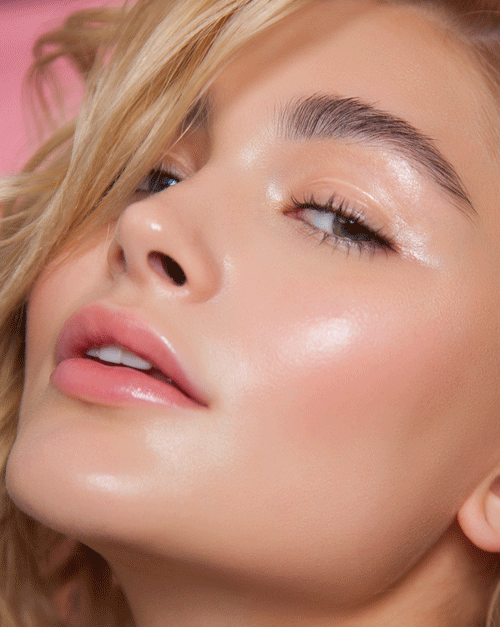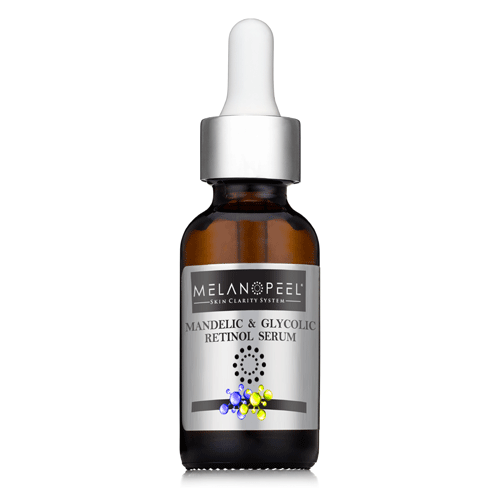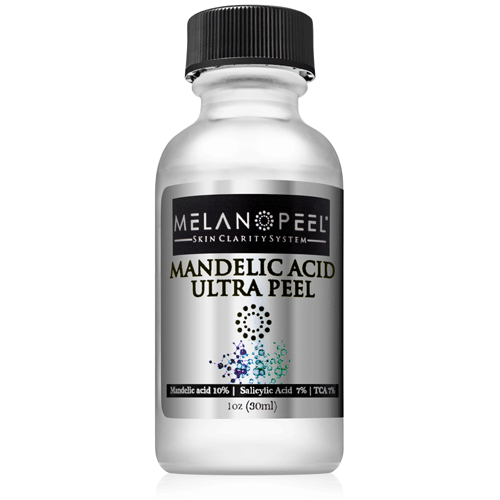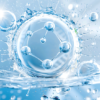THE WONDERS OF SELF-HEALING PROCESS & THE SCIENCE OF SKIN REGENERATION
The human body is entirely covered in a protective layer called the skin. As the primary line of defense, the skin is exposed to various factors in the environment. Hence, skin health is important to ensure that the skin maintains its function for a lifetime.
While the world crazes on the popular and latest trends on skin products, little concern is given on the science of skin regeneration. This article discusses the basics of the skin cycle, and its relation to aging skin and skin problems.
How Skin Changes – the Science
The skin is generally composed of three main layers, namely the epidermis, dermis, and the subcutaneous layer. As the outermost portion, the epidermis is an amazing barrier that regulates water entry and determines skin pigmentation through the melanin secreted in cells.

The dermal layer is embedded in a matrix of collagen, elastin and protein fibers. Most of the sensory receptors are contained in the dermal tissues. The subcutaneous layer, mostly fats and connective tissues, acts as an attachment to muscles, bones and blood vessels. Of the three main layers, both the epidermis and dermis play an important role in the skin cycle.
The perfect balance of skin production and exfoliation is needed to maintain beautiful glowing youthful skin.
As you get older, your skin’s cycle slows down.
Known as the process of forming new epidermal cells, the skin cycle comprises the phases of mitosis, differentiation, and exfoliation. For typical adults, the skin cycle completes in 28-30 days. During the first seven days, cells reproduce in the basal skin layers that contain active cells responsible for mitotic division. These cells later become differentiated or keratinized as by-products of various protein synthesis pathways, all after two weeks.
By the fourth week, the newly-cornified cells are pushed outwards into the furthest epidermal layer forming the stratum corneum, thereby exfoliating the skin. Depending on age, faster skin turnover is observed in infants, which lasts only for 5 days, but it becomes slower as humans get older. Furthermore, the skin cycle is determined by health status and lifestyle.
Cosmetic Skin Problems Caused by Impaired Skin Turnover
Skin aging, dullness & dryness occurs when this exfoliation process slows down. This happens when the stratum corneum cells are dehydrated, thus limiting the ability to synthesize the natural moisturizing compounds. Common in older people, skin aging causes thinning, which leads to injuries as healing from scratch and bruises becomes difficult.
Negligence would also lead to aging and unhealthy skin even on adults at their prime age. In particular, excessive sun exposure causes a plethora of skin disorders. The body hastens the skin aging process as a reaction to too much sun energy. Aside from sunburns, age spots appear on unprotected parts of the skin.

How to Restore a More Youthful Skin Cycle
To restore a faster and healthier skin cycle, regular exfoliation is essential to ensure continuous stimulation of the renewal skin cells. Also needed are a balanced nutrition with a healthy lifestyle, supplemented with UV-protective sunscreens.
.
Change Your Skin’s Cycle with Melanopeel

Your skin care routine revolves around using strong resurfacing and skin-transforming treatments which will change the physiologic behavior of your skin. Your over-the-counter skin care will not produce the same results. Needed are the big boys – your heavy duty medical grade cosmeceuticals.
Think of your Melanopeel routine like a gym workout to get your skin back in shape!
Here is How to Develop a Youthful Skin Cycle:
- Use resurfacing chemical peels – Chemical peels and stronger alpha and beta hydroxy acids are needed to resurface & stimulate the skin from the regenerative layer which produces new skin cells.
- Use potent retinols and retinoids – These change the actual behavior of the skin from a cellular DNA level. DNA controls how your skin behaves, and retinoids tell your skin to produce new healthier cells at a more normal rate.
- Use medical grade products and devices to treat disease-specific skin conditions – These active ingredients specifically target issues such as oily skin, active sebaceous glands, skin discolorations, acne, inflammation & sensitive skin, rosacea, & melasma. These active ingredients could include skin lighteners (hydroquinone or non-hydroquinone options), benzoyl peroxide, azelaic acid, niacinamide, tranexamic acid, mandelic acid, antioxidants and skin hydrators.
- Use devices which stimulate the dermis – The dermis is the heart of your skin and nourishes all layers of your skin with it’s capillary system. Devices such a LED light therapy and microneedling can stimulate the dermis, blood flow, and help the skin behave younger when used in combination with a targeted skin care regime.
Our Top 3 Skin Cycle Boosters:
Actives: mandelic acid, glycolic acid, retinol, salicylic acid, TCA









